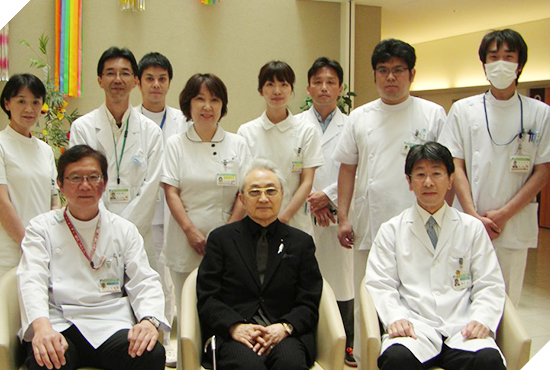
The first proton beam therapy facility built at the seaside in Japan was put into operation in 2011. The system is comprised of seven medical facilities: the Central Medical Center, the Heart Medical Center, the Emergency Center, the Maternity Medical Center, the Health Diagnosis Center, the Cancer Medical Center and the Proton Beam Cancer Therapy Center.
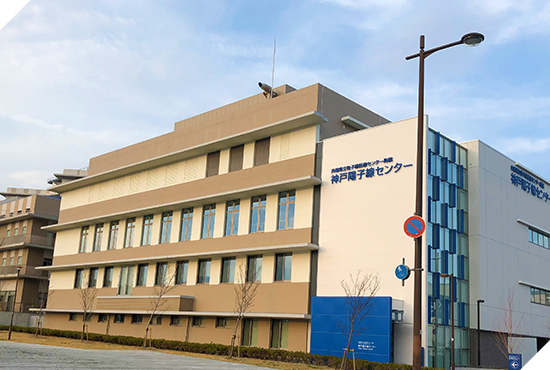
HIBMC is a world-leader in terms of proton beam and carbon ion (heavy ion) radiotherapies. Thus, the most suitable radiotherapy can be selected based on the type of tumor. HIBMC started its proton beam radiotherapy program in 2001 and the carbon ion beam therapy program in 2002. It was certified for the administration of highly advanced medical treatment in 2003, and by March 2014 more than 5,987 patients had received treatment (including about 2,000 patients treated with heavy-ion therapy).
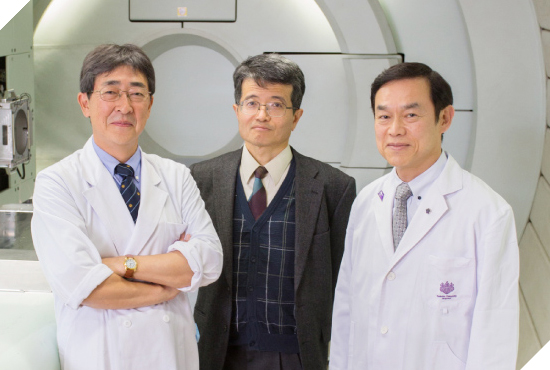
筑波大学于1983 The University of Tsukuba began clinical research in proton therapy in 1983 as the first facility in Japan to pursue that technology, and from the start its achievements were brilliant. For example, it pioneered the use of proton therapy to treat liver cancer and other tumors deep within the body, which is now regarded as the global standard in proton therapy.
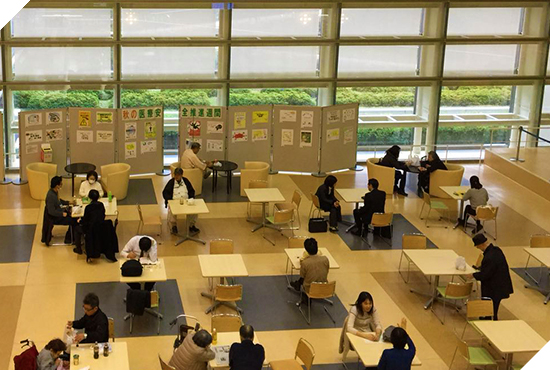
The world's first compound-therapy institution to offer both proton and heavy-ion therapies
It boasts the world's first universal heavy-ion therapy equipment, and its state-of-the-art therapy environment has drawn worldwide attention.
In March 2010, having evolved from the basis of prostate-cancer treatment, it officially initiated a program of heavy-ion therapy. Since then, the scope of the treatment objects has broadened, and by the end of September 2014 a total of 1,366 patients had received treatment.
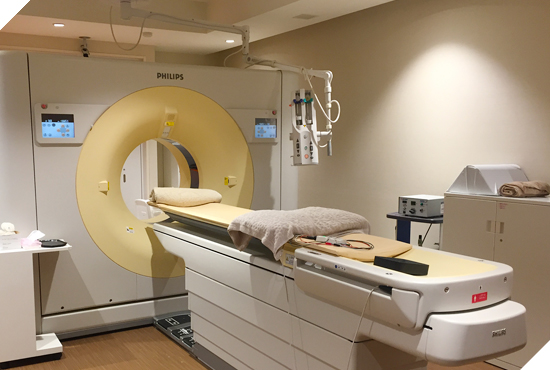
The Kobe Motomachi Yume Reproductive Center is a medical facility that integrates a humanized ovulation-inducement concept together with sophisticated methods of ovum collection and cultivation.
A first-class team of Japanese professionals will provide you with the best test-tube baby technique. Our therapy policy is to use a mild and natural or mini-stimulation regimen characterized by a top laboratory embryo culture technique and humanized medical service concept to achieve a high success rate equal or superior to that of IVF.